Screen Printing Mesh: A Deep Dive into Craftsmanship and Process
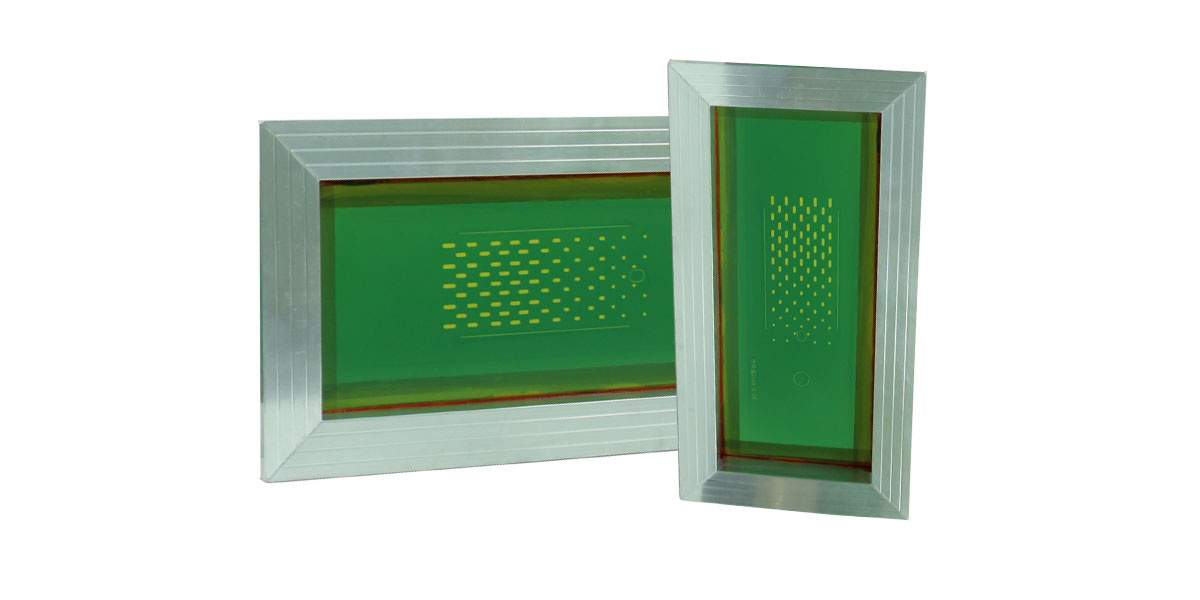
In screen printing, the heart of the process lies in the meticulous production of screen printing plates. This intricate process involves careful material selection, stretching, exposure, rinsing, drying, and plate repair to achieve vivid and precise printing results.
Every detail in the creation of screen printing plates reflects the dedication and skill of the craftsmen involved. From the initial selection of materials to the final stages of production, each step is crucial in ensuring the plate can evenly distribute ink and capture every detail of the design. The production journey requires a rigorous approach, with each process—exposure, development, rinsing, drying, and repair—executed with precision. This commitment to detail not only highlights the technical expertise of Tefisen's team but also underscores their relentless pursuit of excellence in print quality.
1. Material Selection
● Selection of Screen Printing Frames:
Screen printing frames are typically made from six materials: wood, aluminum, iron, plastic, stainless steel, and copper. The most commonly used materials are wood, aluminum, and iron.Wood Frame: Relatively inexpensive and easy to manufacture, it can be stretched by hand or machine. However, its low strength and tendency to deform make it suitable only for low-precision printing and not suitable for fast, high-precision screen printing. Additionally, the mesh stretched on wood frames tends to loosen easily, resulting in poor recyclability.
Iron Frame: Compared to wood frames, iron frames offer dimensional stability and durability. However, their heavy weight and tendency to rust make them inconvenient to use, and they can only be stretched by machine.
Aluminum Frame: Lightweight (about 1/3 the weight of a wood frame), corrosion-resistant, and easy to process, aluminum frames have become the preferred choice in modern screen printing industries. They are also suitable for machine stretching.
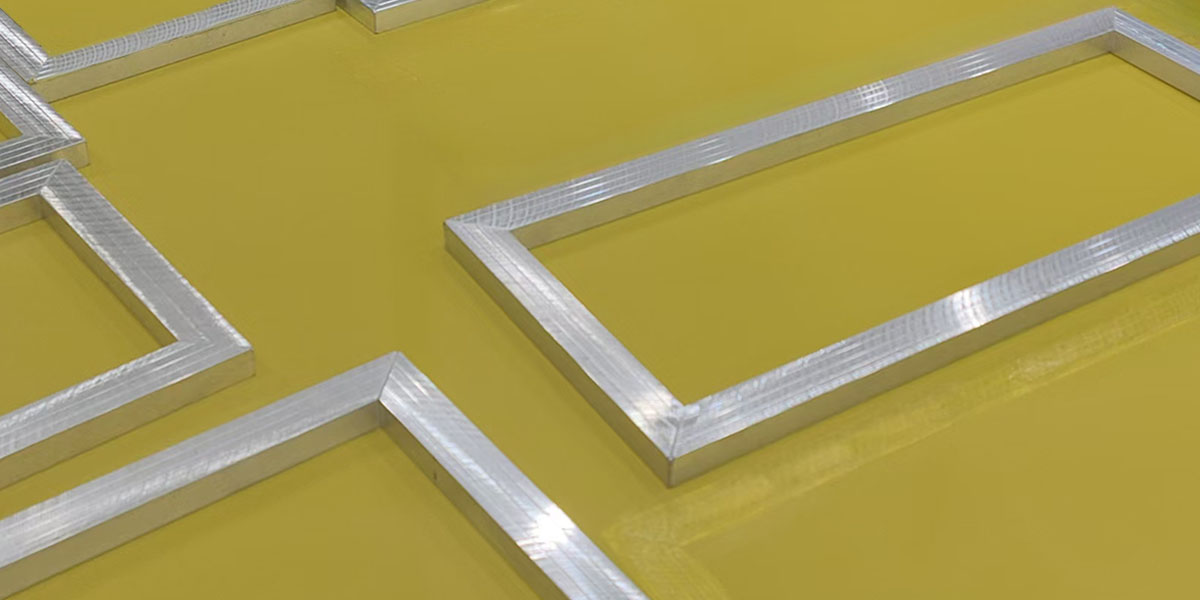
● Selection of Mesh:
Diamond Nylon Mesh: Commonly available in mesh counts ranging from 30 to 500, with 300 mesh (or 120T, where T stands for threads per inch) being the most commonly used specification, suitable for most fine printing needs. (Note: The conversion between mesh count and T is approximately mesh count = 2.54 × T, e.g., 120T × 2.54 = 300 mesh.)
Diamond Metallic Mesh: Such as stainless steel mesh, its high hardness and durability make it suitable for applications requiring extreme wear resistance and fineness, with mesh counts exceeding 800.
Price Differences: Based on 300 mesh nylon mesh, the price will fluctuate by approximately 20%-30% for every 100-mesh increase or decrease.
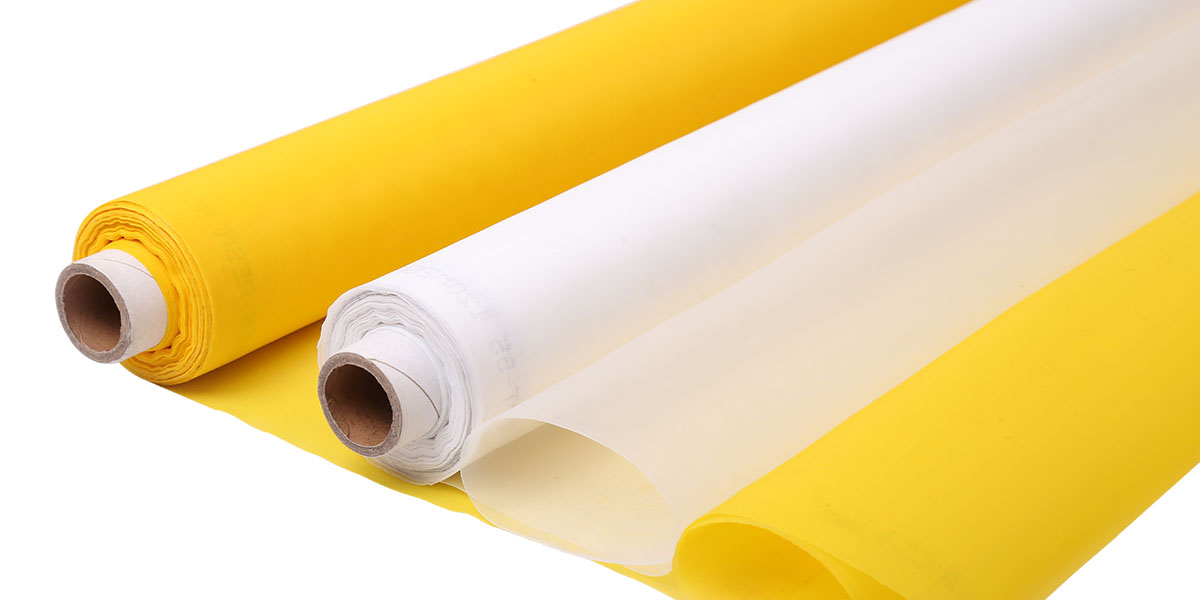
| Mesh Type | Advantages | Disadvantages | Application Markets |
| Nylon Mesh |
⋄ High
strength and good abrasion resistance.
⋄ Good resistance to chemicals and water.
⋄ Excellent ink permeability.
|
High stretchability, which may result in decreased tension after stretching. | Suitable for most fine printing requirements |
| Polyester Mesh | Good solvent, high-temperature, water, and chemical resistance. | Possible tension reduction after stretching, affecting precision. | Applied in general industrial products, plastics, plexiglass, textile printing, printing and dyeing, ceramics, signage, PCB, CD printing |
| Stainless Steel Mesh |
⋄ Good
abrasion resistance and high strength.
⋄ Fine wire diameter for good ink permeability.
⋄ Stable mechanical and chemical properties, consistent dimensional accuracy.
|
⋄ Relatively
high price.
⋄ Poor elasticity.
|
Suitable for high-precision printing such as circuit boards and integrated circuits |
| Silk Mesh | Uniform warp and weft with good tensile strength. |
⋄ High elongation, prone to
aging.
⋄ Not light-resistant, prone to brittleness under prolonged exposure.
|
Used in high-end packaging, gifts, artworks, crafts, home decoration, soft furnishings, luxury clothing, and textile printing |
2. Stretching Process
● Stretching Machine: The effective working area can be adjusted according to requirements, with common sizes ranging from 1 meter x 2 meters to 2 meters x 4 meters.
● Tension Control:
⋄ Ideal Tension Range: 15-20N/cm (Newtons per centimeter), which is crucial for ensuring the tautness and stability of the mesh.
⋄ Tension Meter: Accuracy should reach ±0.5N/cm to ensure precise measurements.
● Stretching Steps:
⋄ Laying Out the Mesh: Spread the mesh evenly on the stretching machine.
⋄ Adjusting Tension: Gradually increase the tension to 18N/cm (hypothetical ideal value) using the machine's adjustment devices.
⋄ Fixing the Frame: Securely attach the aluminum or wooden frame to the perimeter of the mesh using special clamps.
3. Exposure of Screen Plate
● Film Creation:Based on the design, create a film using a high-precision printer or film recorder, with a resolution of 300dpi (dots per inch) or higher.
● Application of Photosensitive Emulsion:
⋄ Number of Applications: Apply a base coat on both sides, allow to dry, then apply the photosensitive material, typically 3-5 coats, waiting 5-10 minutes after each coat for natural penetration.
⋄ Drying Time: Blow-dry each coat with a hairdryer (set to cool) for approximately 2-3 minutes.
● Exposure and Development:
⋄ During exposure, the photosensitive emulsion on the screen plate undergoes a photochemical reaction under specific wavelength and intensity of light, making the exposed areas insoluble in water while the unexposed areas remain unchanged. Subsequently, the unexposed emulsion is dissolved and removed through the development process, leaving a clear pattern. Exposure time typically ranges from 10 to 60 seconds, depending on the sensitivity of the emulsion and the intensity of the light source. The development time is between 30 seconds to 2 minutes, ensuring complete removal of the unexposed areas. Factors such as inadequate or excessive exposure, uneven light distribution, emulsion application quality, and stability of the developer all impact the quality of the plate. Therefore, it is recommended to use a high-precision exposure machine with digital control to precisely adjust exposure time and light intensity, ensuring uniform exposure. Regular calibration of the exposure machine using standard test patterns is also crucial. In the development stage, use stable developers, control their temperature and concentration, and use a precise timer to ensure accurate development time. Additionally, training operators to improve their understanding and control of the exposure and development process is key.
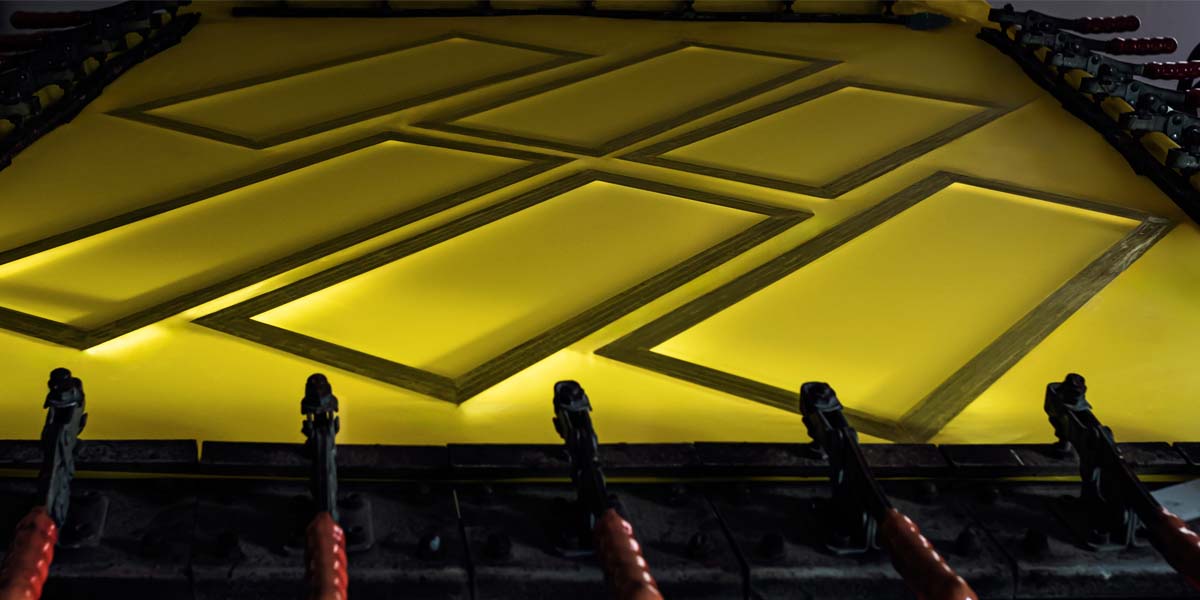
4. Rinsing
Rinsing is crucial for removing the unexposed photosensitive emulsion. Dedicated developers or water-based cleaners are typically used. Rinsing time varies depending on the type and thickness of the emulsion, generally ranging from 30 seconds to 2 minutes. It is essential to ensure that the rinsing solution uniformly and thoroughly covers the surface of the screen plate to eliminate all unexposed emulsion while avoiding damage to the exposed pattern. Inadequate rinsing leads to residue, affecting pattern clarity, while excessive rinsing may erode the exposed pattern, causing blurred edges. Automatic rinsing equipment can accurately control various parameters.
5. Drying
The rinsed screen plate must be dried immediately to prevent water residue from causing pattern deformation or detachment. Drying time depends on the plate's size, thickness, and the performance of the drying equipment. Place the rinsed plate on a drying rack for natural air drying or use an oven at around 50°C for 15-30 minutes. Inadequate drying leads to water retention, affecting subsequent printing, while excessive drying may deform or age the plate material. Using a drying oven or rack is suitable for this process.
6. Plate Retouching
Plate retouching is the final step of fine-tuning, aimed at removing burrs, impurities, and unexposed emulsion from pattern edges. This work is performed under a microscope using a retouching knife or special scraper, requiring skilled operators with patience and a keen eye for detail. Improper retouching can result in uneven pattern edges, broken lines, or incomplete removal of unwanted areas.
7. In Conclusion
In summary, the silkscreen printing process is intricate and multifaceted. In terms of material selection, aluminum frames have emerged as the mainstream due to their lightweight nature, corrosion resistance, and ease of processing, while wooden frames, with their excellent shock-absorbing properties, are suitable for large-scale or heavy-duty printing tasks. As for mesh screens, a variety of materials including nylon, polyester, stainless steel, and silk each excel in different printing requirements, with nylon mesh enjoying widespread application and stainless steel mesh delivering high-precision results.
In the fabrication of silkscreen printing plates, the effective working area and tension control during the stretching process are crucial, ensuring the tightness and stability of the mesh screen, thereby laying a solid foundation for print quality. The exposure and development of the screen plate, involving intricate steps such as film production, application of photosensitive emulsion, exposure, and development, precisely transfers the designed pattern onto the screen plate. Precise control over exposure time and development conditions is paramount to prevent issues like blurred patterns or broken lines.
Subsequent steps like rinsing and drying also require meticulous handling and strict control, ensuring complete removal of unexposed photosensitive emulsion and rapid drying of the screen plate without damaging its material.
Finally, the retouching phase serves as the final fine-tuning step, demanding exceptional skills and keen observation from operators to eliminate imperfections around pattern edges and ensure the screen plate is in optimal condition.
The production of silkscreen printing plates is a complex and delicate process, with each step requiring precise control to achieve remarkable printing results. Through continuous technological exploration and process optimization, silkscreen printing will continue to shine brightly in both artistic and practical realms.
